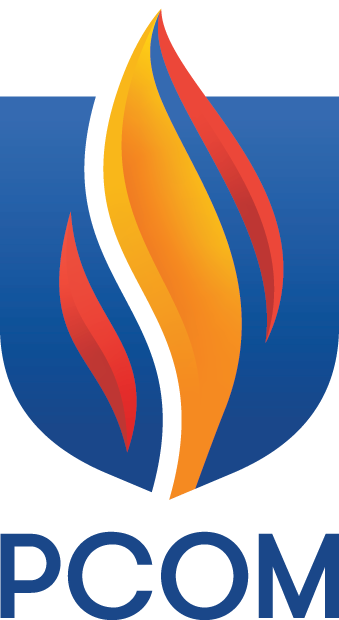What is a Remote Pharmacist?
August 23, 2024In her pharmacy career, Kimberly Barefield, PharmD, MHA, CDCES, BCPS has mainly worked in hospitals–in such roles as a clinical pharmacist, staff pharmacist,
director of pharmacy, and clinical pharmacy coordinator. She currently serves as an
associate professor in the Doctor of Pharmacy (PharmD) program at PCOM’s School of Pharmacy in Suwanee, Georgia.
In 2021, an opportunity became available for Barefield to support the pharmacy needs
of patients from between six and ten different rural hospitals as a remote pharmacist
job.
What is a remote pharmacist?
A remote pharmacist serves in a consultant role with many diverse responsibilities,
including mail-order, managed care and telehealth services. Remote pharmacists may
review orders after hours, enhancing patient safety and ensuring timely medication
management. Remote pharmacy jobs like this can help a pharmacy cut costs and aid in
workload efficiency.
- Remote pharmacy services can help smaller hospitals cut costs and improve workload
efficiency.
- The pandemic highlighted the potential for remote pharmacy services, particularly
in areas with limited healthcare access.
- PCOM's School of Pharmacy exposes students to remote pharmacy opportunities through
classroom instruction and practical rotations, preparing them for this growing career
path.
“Rural hospitals will have a pharmacist during the day who does things like order
entry, renal dosing and medication reconciliation, making sure that the medications
the patient came in on are appropriate and correct,” said Barefield. “These are hospitals
that may close at 3 p.m. or 5 p.m., and a remote pharmacist is able to pick up these
services until the hospital pharmacy opens the following day. That way, they don't
have to try to catch up on a backlog of orders.”
The growth of remote pharmacist jobs is often driven by the needs of smaller hospitals,
which may not be able to afford to staff a pharmacy around the clock.
“I had a patient ordered on an anticoagulant with low platelets and was able to hold
the dose until new labs were available the next morning for the on-site pharmacists
to review,” Barefield said. “So remote pharmacists are able to provide this type of
service, ensuring appropriate therapies, catching issues in real-time.”
Barefield said the COVID-19 pandemic highlighted the potential for remote pharmacy
services, particularly in areas where access to health care is limited. “COVID made
a lot of people realize that there were other ways to do things. You do need to see
the patient face to face sometimes, but there are other aspects that can be handled
through telehealth,” she said.
Exploring remote pharmacy as a career path
At PCOM’s School of Pharmacy, Barefield works to expose students who are learning
how to become pharmacists in the Doctor of Pharmacy (PharmD) program to the potential of remote pharmacist jobs, starting in the classroom and extending
into practical experiences.
“I would love for students to know more about remote pharmacy positions, because they
may not have telehealth and remote service opportunities until fourth-year rotations,”
Barefield said. “Rotations are probably the biggest piece where they're really going
to realize what telehealth and remote services look like. But in the classroom, there
are pieces throughout the curriculum where you can describe it.”
PCOM’s student-centered program in the School of Pharmacy offers rotations in managed care, exposing students to
remote services offered by pharmacists, and there are areas within the strong patient-centered
curriculum that describe the utilization of remote services.
To succeed as a remote pharmacist, Barefield advises students to “develop strong multitasking
and prioritization skills, as well as self-motivation, since their home often serves
as their office.”
You May Also Like:

